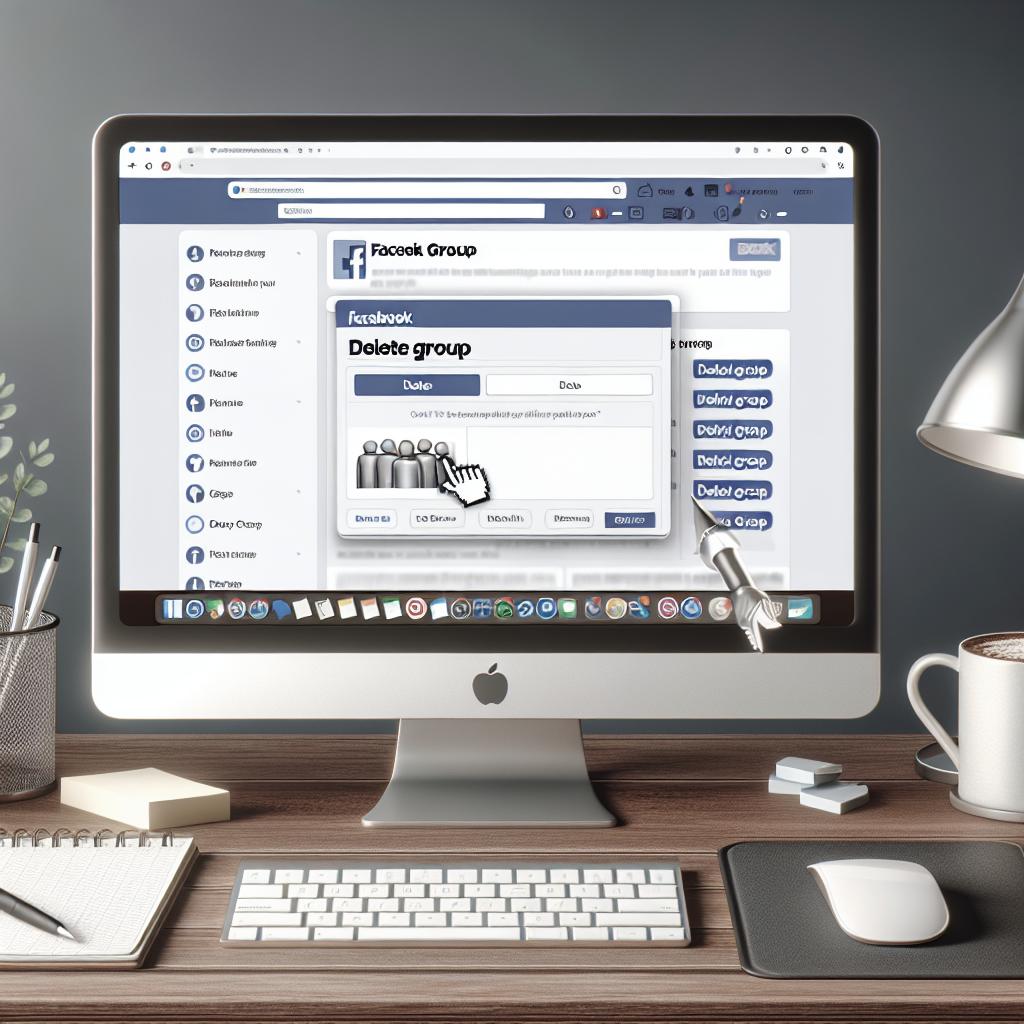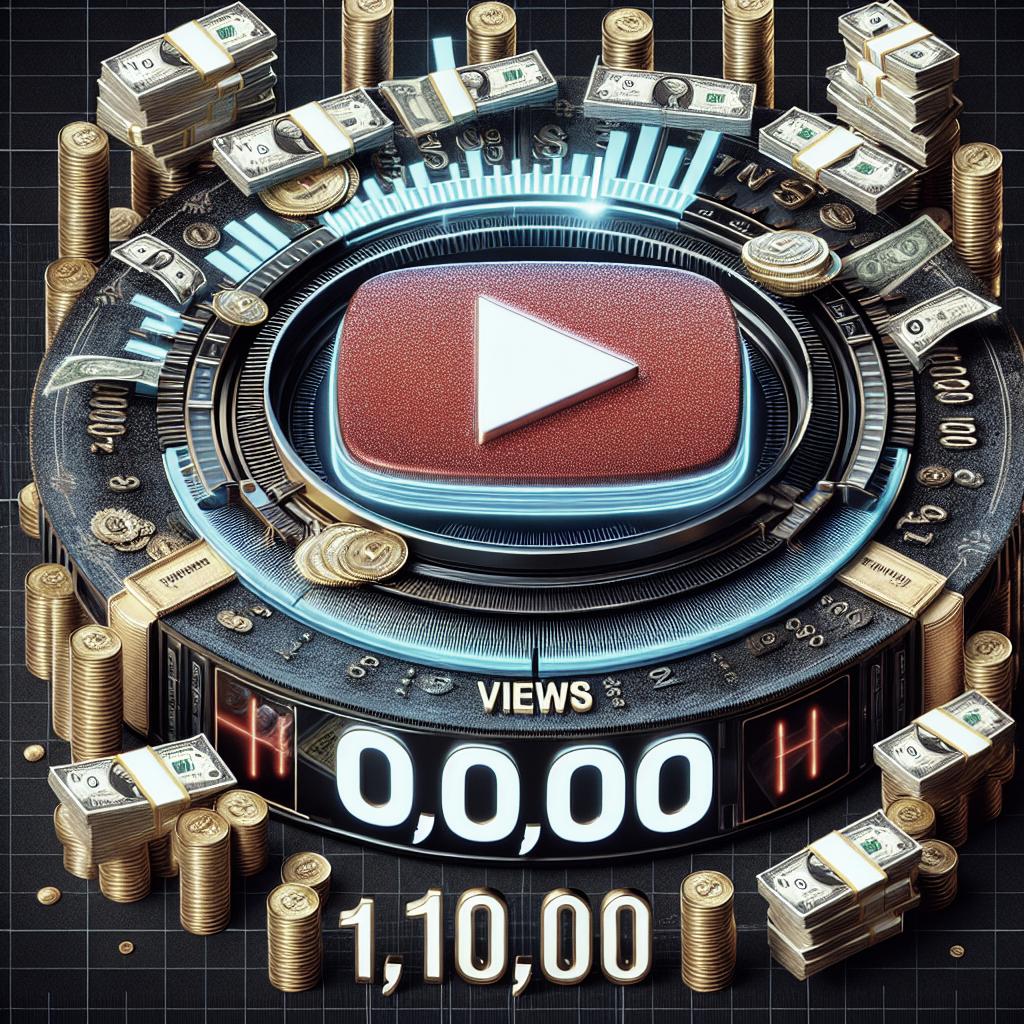Mastering ClickFunnels: A Comprehensive Guide
ClickFunnels has carved out a significant niche in the world of digital marketing, offering a robust platform to create effective sales funnels that guide prospects through the buying journey. In this blog post, we’ll explore how ClickFunnels differs from landing pages, highlight the benefits of a well-constructed sales funnel, and delve into the stages of a click funnel with detailed examples. Additionally, we’ll discuss the essential industry insights to enhance your ClickFunnels strategies. By the end of this post, you’ll be equipped with practical knowledge to leverage ClickFunnels and optimize your sales processes.
How do click funnels differ from a landing page?
While click funnels and landing pages may seem similar, they serve distinct purposes within a digital marketing strategy. A landing page is typically a standalone web page designed to capture leads through a single call to action (CTA). It’s the entry point for potential customers, offering them a glimpse of a product or service with a straightforward directive, such as signing up for a newsletter or downloading a free resource.
On the other hand, click funnels encompass a more comprehensive journey. Instead of focusing solely on lead capture, a click funnel guides prospects through multiple stages of engagement, from initial awareness to the final purchase. This journey effectively nurtures the relationship between the brand and the prospect, using various pages and tactics to build interest and drive action. While a landing page might initiate a relationship, a click funnel is designed to close the deal and convert prospects into loyal customers.
What are the benefits of a good click funnel?
It increases conversion rates
A well-designed click funnel significantly boosts conversion rates by leading prospects through a structured journey. Each stage of the funnel is tailored to address different concerns and motivations, gradually building trust and encouraging commitment. By creating a seamless flow of information and action items, businesses can gently nudge potential customers towards conversion, minimizing the risk of drop-offs and maximizing sales opportunities.
For instance, an effective click funnel for an online course might start with a free webinar to capture interest, followed by emails with testimonials and success stories, before culminating in a limited-time discount offer. Each step is crafted to ease the customer’s decision-making process, paving the way for a higher conversion rate.
It generates traffic
Click funnels play a crucial role in driving targeted traffic to your business. By offering valuable content and enticing entry points, such as free resources or trials, click funnels attract prospects who are already interested in what you offer. This targeted approach ensures that the traffic you generate is more likely to convert, as it consists of individuals actively seeking solutions your business provides.
Moreover, click funnels are often integrated with other marketing strategies, such as SEO and social media campaigns, further amplifying their reach. This interconnectedness helps create a steady stream of prospects entering the funnel, increasing the likelihood of conversion and overall business growth.
It allows you to nurture prospects
Beyond immediate conversions, click funnels excel at nurturing long-term relationships. Through automated email sequences, personalized offers, and timely follow-ups, businesses can maintain communication with leads, keeping them engaged and reminding them of the value provided.
This nurturing process is crucial for turning leads into customers and eventually into brand advocates. By delivering consistent value and addressing pain points at the right moments, click funnels keep prospects interested and invested in the brand, ultimately leading to higher lifetime customer value.
It allows you to build loyalty
Beyond conversions and nurturing, click funnels are instrumental in fostering brand loyalty. By continuously engaging with customers through tailored content and exclusive offers, businesses can deepen their relationship with the audience, encouraging repeat purchases and brand advocacy.
Loyalty is further strengthened through features like memberships or communities that click funnels can support. These platforms provide customers with access to exclusive content or networking opportunities, creating a sense of belonging that drives loyalty.
Stages of click funnels and examples
Awareness
The awareness stage is the starting point of a click funnel, where potential customers first learn about your brand or product. This stage is crucial as it sets the tone for the entire customer journey. Strategies such as educational content, social media campaigns, and paid advertisements are typically employed to capture attention and draw prospects into the funnel.
An example of the awareness stage might involve a compelling blog article or a viral video highlighting a common problem your target audience faces, positioning your product as a potential solution. Creating a strong first impression during this stage increases the likelihood of prospects progressing further down the funnel.
Interest
Once awareness is established, the interest stage focuses on deepening the prospect’s curiosity and engagement with your brand. This stage involves providing more detailed information and showcasing the value proposition of your product or service through content like case studies, webinars, and informative videos.
The goal is to nurture curiosity and start building trust. Offering free trials or limited-time offers can also be effective here, giving prospects a no-risk opportunity to learn more about what you’re offering. By clearly demonstrating the benefits of your product, you can move prospects to the next stage of decision-making with confidence.
Decision
At the decision stage, prospects are evaluating whether or not to purchase. This stage requires strategic persuasion and removing any remaining objections. Detailed comparisons, customer testimonials, and live demos can be used to reinforce confidence in their decision.
In practical terms, an e-commerce business might employ this stage by sending personalized emails with testimonials and exclusive discounts to prospects who have shown strong interest but haven’t yet made a purchase. The goal is to provide all necessary information to aid in their decision, ultimately leading to a purchase.
Action
The action stage culminates the efforts of the previous stages, where the prospect completes a transaction or takes the desired action. This stage is crucial and needs to ensure a seamless and satisfying user experience. Factors such as a simple checkout process, clear instructions, and reliable customer support play pivotal roles here.
To illustrate, a SaaS company might simplify the sign-up process to just a few clicks, creating a smooth transition from interest to purchase. This reduces friction and supports the final conversion, helping to cement the customer relationship and increasing the odds of return engagements.
Stay Ahead with Industry Insights
In the rapidly evolving digital landscape, staying updated with industry insights is vital to optimizing click funnels. Being keenly aware of trends, consumer behaviors, and technological advancements allows marketers to refine their strategies and maintain an edge in the competitive marketplace.
For instance, personalization and AI-driven marketing are increasingly becoming pivotal in crafting effective click funnels. By leveraging data analytics and machine learning, businesses can create hyper-targeted campaigns that resonate more profoundly with their audience, improving conversion rates and reinforcing brand loyalty.
Moreover, keeping an eye on competitors and industry benchmarks provides valuable insights into market expectations and best practices. Regularly assessing and adapting strategies ensures that your click funnel remains effective and continues to deliver high-value results.
Lessons Learned
| ClickFunnels Elements | Key Points |
|---|---|
| Difference from Landing Pages | ClickFunnels guide prospects through multiple stages leading to conversion, while landing pages focus on single actions. |
| Benefits | Increased conversion rates, traffic generation, nurturing prospects, building loyalty. |
| Awareness Stage | Capture prospect attention through educational content and engaging media. |
| Interest Stage | Deepen engagement with detailed information and offers to build trust. |
| Decision Stage | Persuade with testimonials and discounts, addressing any objections. |
| Action Stage | Ensure smooth transaction with simple processes and strong support. |
| Industry Insights | Stay updated with trends; embrace AI and data analytics for cutting-edge funnels. |


